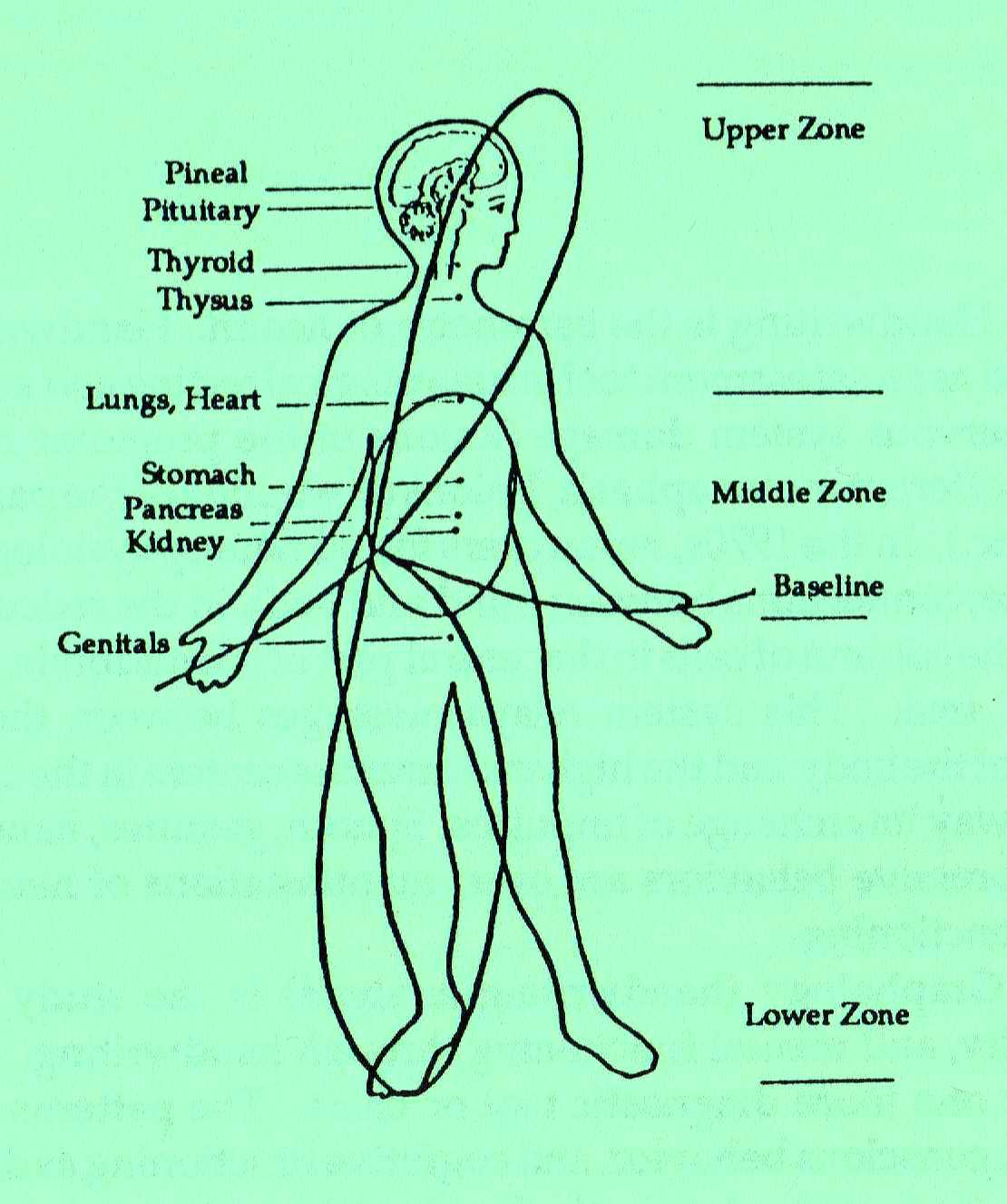 The analysis of handwriting is governed by 10 fundamental rules that you must bear in mind at all times. It’s not enough just to know the meaning of the various hand writing analysis signs in order to assess a script correctly. The rules are the foundation of an accurate analysis.
The analysis of handwriting is governed by 10 fundamental rules that you must bear in mind at all times. It’s not enough just to know the meaning of the various hand writing analysis signs in order to assess a script correctly. The rules are the foundation of an accurate analysis.
No doubt the first handwriting you will want to analyse will be your own. But it is helpful to take a look at the signatures of some famous figures whose personalities are well-established.
The ten golden rules of hand writing analysis
- Every hand writing analysis sign has its own specific meaning and never represents different or opposite trends.
- Every hand writing analysis sign is indicative of facets of the intelligence, character and physique.
- Each hand writing analysis sign may be reinforced, diminished or neutralized when combined with other signs that are confirmatory, contrary or neutral respectively. It can thus acquire different meanings and become complex, even though it is simple in itself.
- The meaning of each hand writing analysis sign is the same for both men and women. Although in women it is likely to relate more to the emotions than to the intelligence and vice versa in men. This is not, of course, a categorical statement. You should not use it to jump to conclusions or you may be led astray. It is something to bear in mind if many other features also suggest this.
- The percentage of each hand writing analysis sign, calculated in tenths, must be measured. Define mathematically whether this is below or above average. When a feature is present to its full extent, it is calculated as 10/10, or 100 percent. If it is shown to a lesser extent, it may be calculated as anything between 1/10 and 9/10. However, keep a flexible attitude to this as minor variations are attributable to slight changes in mood.
- The personality and character of the writer can be established from the sum of all of the hand writing analysis signs examined and evaluated in conjunction with the modifying signs. Never make an evaluation on the basis of only one or two features present. This would give an inaccurate, and, possibly, damaging view of a subject’s personality.
- Every hand writing analysis sign expresses a constant value and may be defined as essential, modifying or incidental. Essential signs reflect the writer’s character make-up. Modifying signs make the essential signs more or less incisive. Incidental signs back up the meaning of the first two signs. Remember that the conditional force of each sign influences the others and that their combination determines the balance of characteristics revealed in the handwriting.
- Graphology reveals mental characteristics, intellectual properties and behavioural tendencies.
- A high percentage of a given hand writing analysis sign renders the script particularly significant. (if it relates to the willpower it predominates over and affects all other signs in relation to both the willpower and to the intellect). If an essential sign and a modifying sign are equally apparent the former will predominate, giving its own particular indication of the personality.
- Finally, it must be remembered that the only type of script that can be regarded as valid for the purposes of serious interpretation is a handwriting produced spontaneously and naturally. No external pressure of any kind and no deliberate camouflaging should be done by its author.
Read Next: Graphology services
